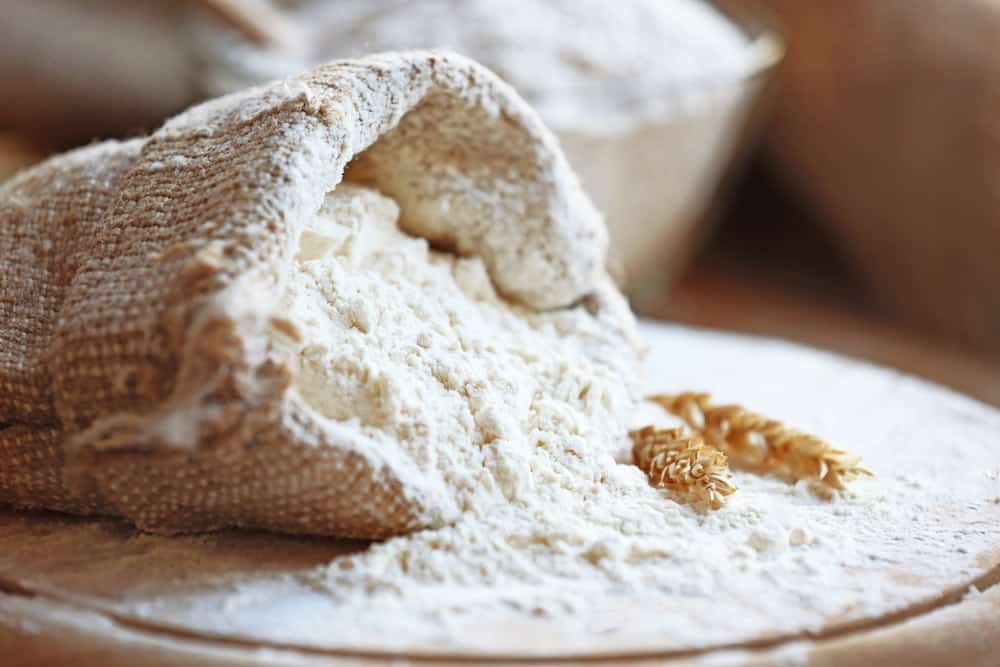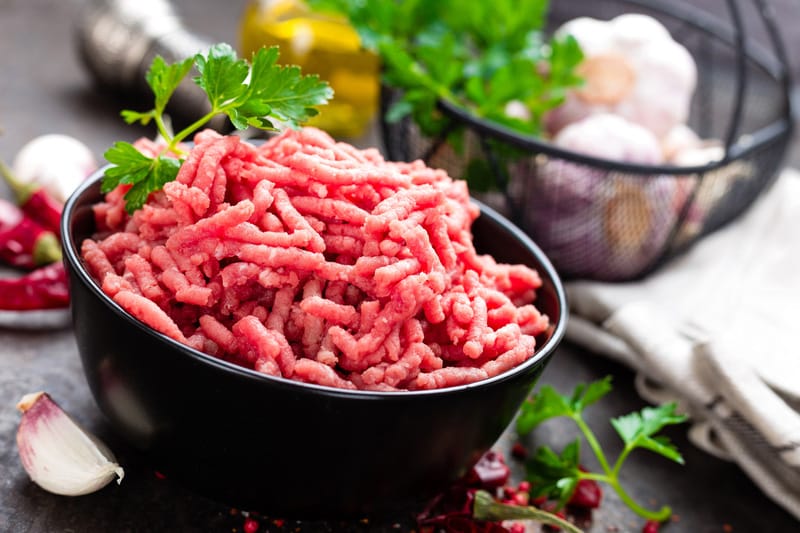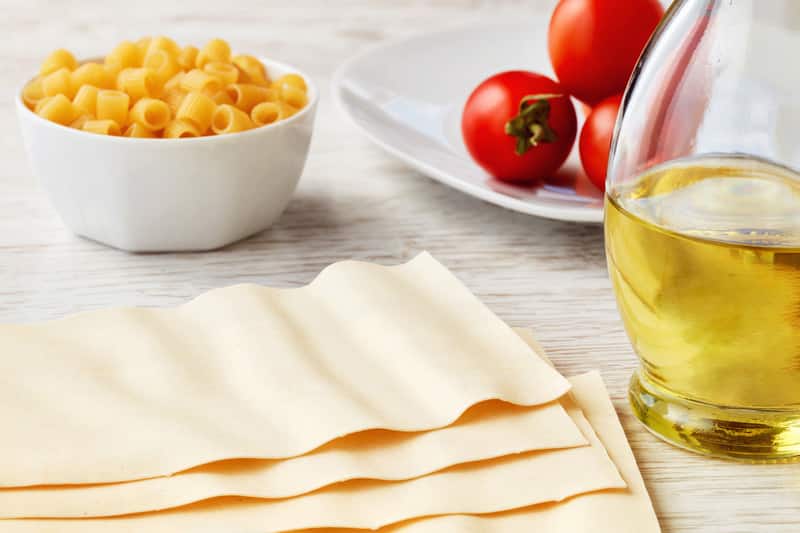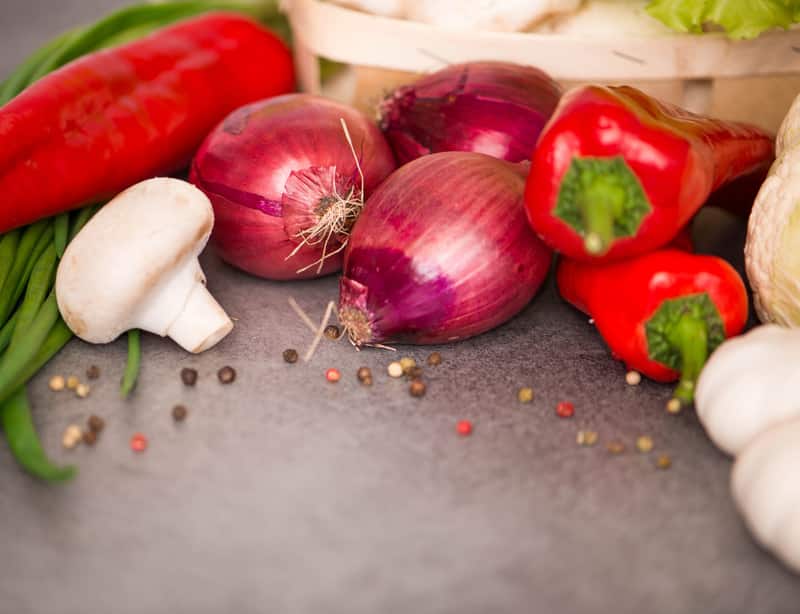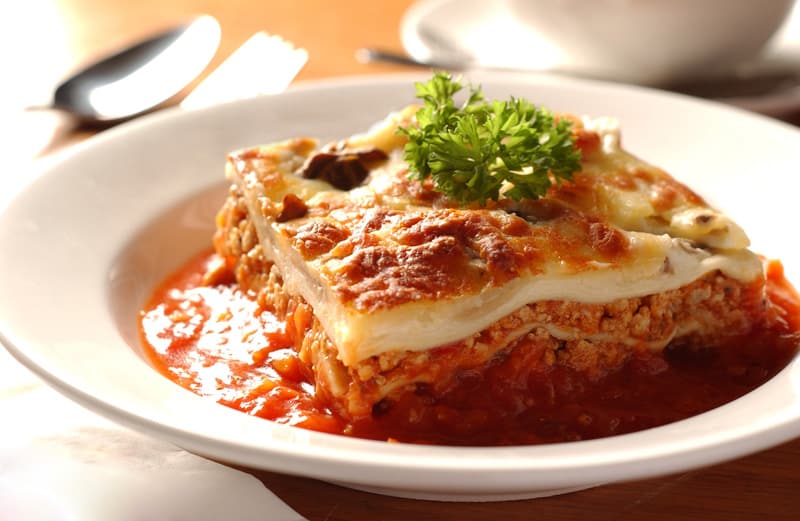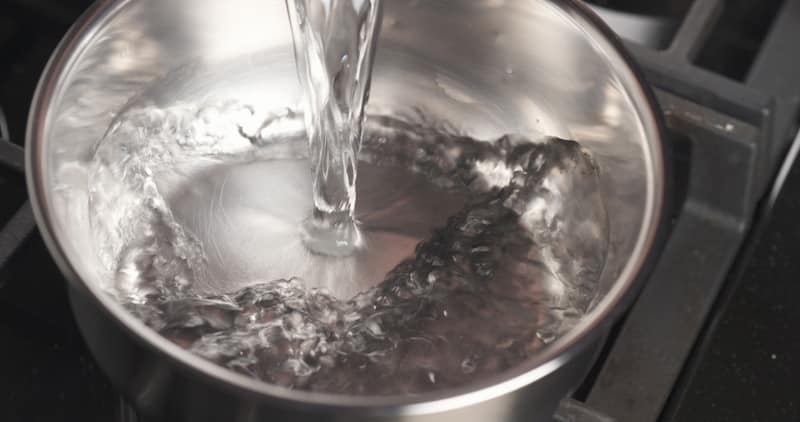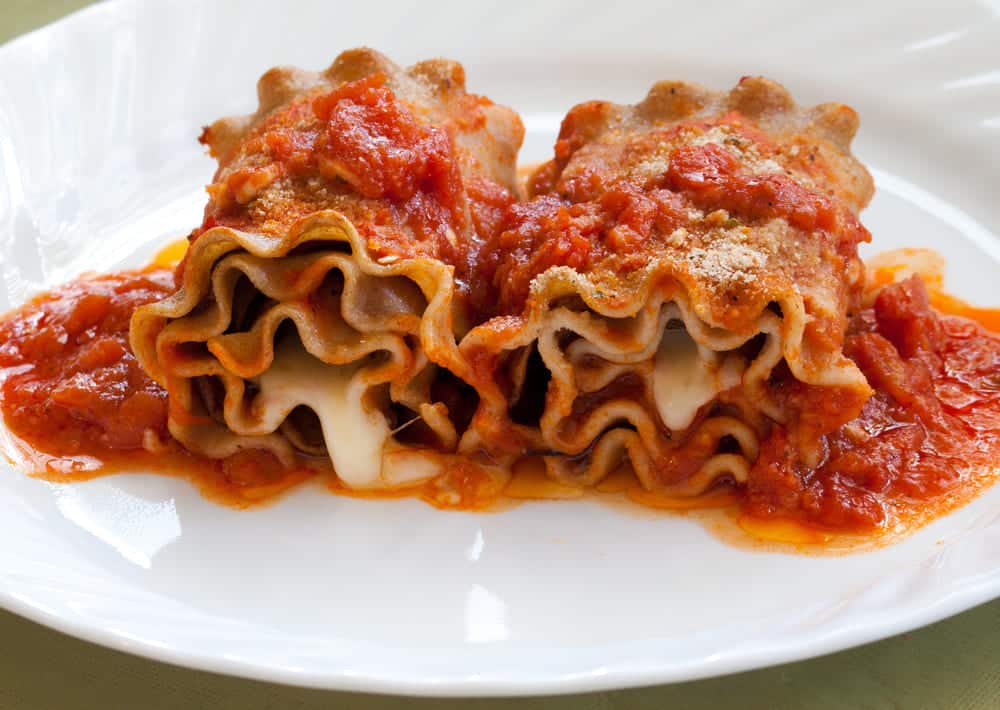
DISCLOSURE: This post may contain affiliate links, meaning when you click the links and make a purchase, I receive a commission. As an Amazon Associate I earn from qualifying purchases.
Lasagna is everyone’s favorite because, hey, who doesn’t love the cheesy flavor combined with a succulent meat sauce and meltingly soft pasta sheets? Making lasagna may seem easy but there are quite a few steps involved and watchpoints to be considered.
One mistake with one of the elements will ruin the lasagna. This is why some people complain, saying “my oven-ready lasagna noodles are still hard!” In this article, we are going to look at why this happens and what you can do to fix the problem.
Oven Ready Lasagna Noodles Still Hard
- The Quality
Quality plays an important role in how your lasagna (or any food) turns out. If you put inferior ingredients in, you’re going to get a sub-par result.
[amazon box=”B00ELPTN3A”]
If you’re not using fresh homemade lasagne pasta, the best option is to buy Italian lasagna sheets because they are usually the best quality, made with the correct type of flour, and they won’t break either.
In addition, keep in mind that not all pasta sheets are meant to be boiled because some just need scalding, and some can be layered dry as they are in the dish and then baked. You must read the cooking instructions on the back of the lasagna pasta box.
If you can, making your own lasagna noodles at home is the best choice because you can select the flour quality and the dough will be soft and fresh. Once you’ve found the perfect lasagna pasta sheets and they need to be boiled, make sure to first brush them with oil.
This is because the oil will reduce the chances of sticking and noodles will be soft. Add the noodles one by one to the fast-boiling salted water rather than putting them all in at once (this will prevent them from getting stuck together and staying hard).
- Raw Materials
Now that we have cleared up the pasta part, we need to work on the filling. For the most part, people choose between chicken and ground meat. The best solution is to use minced, lean meat because it will improve the flavor of your recipe and give a good texture.
In addition, what type of raw meat you use will impact if your noodles get softened or not. It’s good to use a mixture of ground beef and pork because it will add a special flavor to the dish.
On the other hand, if you don’t want to use pork, you can opt for spinach with your beef or even mushrooms. The ground meat is usually cooked into a sauce long and slowly with chopped tomatoes, herbs, red wine, garlic, onions, and other seasonings.
These ingredients add juice, all helping the pasta to soften further when it bakes. For the pasta sheets to soften, the sauce must be juicy enough because the pasta needs to absorb moisture as it cooks.
If there is insufficient liquid in the dish, the pasta will remain hard, unless it has been precooked as some varieties have to be.
If you have been baking the layered dish for a while and the pasta still feels hard, turn the heat down and continue baking it for a bit longer to give the pasta time to absorb more moisture and soften. You can cover it with a piece of foil if you are worried about it getting too dry.
- Vegetables
Most lasagne dishes contain some form of vegetables. The best to use are peppers, mushrooms, spinach, and onion. These are often grilled or fried beforehand with the meat. The vegetables will add extra moisture to the dish, helping the pasta to soften as it bakes.
- Cooking Method
According to Italian cooking standards, it is best to use a large pot for cooking the lasagna sheets to ensure there is enough space and they don’t stick together.
For this purpose, you should fill up the saucepan with 3 quarts of water and add plenty of salt for flavor and prevent starch from being released from the pasta. Boil until al dente or soft but not mushy.
In addition, before you add noodles to the water, make sure it’s already boiling fast.
- Boiling Time
When it comes to boiling the lasagna noodles, keep in mind that there is no standard duration for boiling. While the box may say, “boil for 7 minutes”, the boiling time depends on the pot, pasta thickness, shape, and how many sheets are in the pot.
Generally, it takes around ten to twelve minutes to boil lasagna noodles soft enough for layering. However, you can test the noodles before that, and if they are hard, boil them a bit longer.
- Cook With Sauce
It’s a common practice to boil the lasagna noodles but if the noodles are still hard, you can continue to cook them after they’ve been layered with the sauce.
Be sure that your sauce is juicy enough. You can add some broth or stock to ensure noodles have enough liquid to cook in (don’t worry about the extra moisture because the pasta will absorb it all).
- Salty Water
If you have the reserved salty water from the previous boiling of noodles, you can use that to boil the lasagna noodles some more if you feel they are still too hard. Add a little butter to the water for softness and to prevent sticking.
Once the noodles are soft, drain off the water and proceed with the recipe.
